
The 444th Air Expeditionary Wing is a provisional unit of the United States Air Force assigned to Air Combat Command to activate or inactivate as needed. It was last activated in 2003.

The 29th Flying Training Wing is an inactive United States Air Force unit last based at Craig Air Force Base, Alabama. It was inactivated when Craig was closed when the Air Force reduced its pilot training program after the Vietnam War.
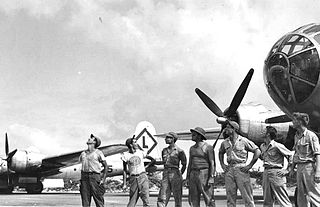
The 331st Bombardment Group is an inactive United States Air Force unit. It was last assigned to the 315th Bombardment Wing, being stationed at Northwest Field, Guam. It was inactivated on 15 April 1946.
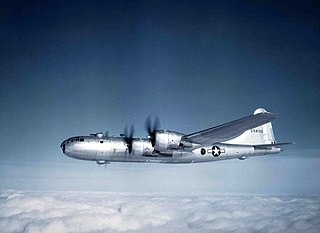
The 383d Bombardment Group is a former United States Army Air Forces unit. It was last stationed at Camp Anza, California, where it was inactivated on 4 January 1946. The group was active from 1942 to 1944 as a heavy bomber training unit. It was reorganized as a very heavy bomber unit and trained for deployment overseas. However, it arrived at its overseas station too late to see combat, and returned to the United States, where it was inactivated.

The 393d Bombardment Group is a disbanded United States Air Force unit. It was part of Second Air Force, and last stationed at Sioux City Army Air Base, Iowa, where it was inactivated on 1 April 1944. During World War II the group was a Boeing B-17 Flying Fortress Operational Training Unit, and later a Replacement Training Unit. It was inactivated in April 1944 in a general reorganization of Army Air Forces training units.

The 960th Airborne Air Control Squadron is part of the 552d Air Control Wing at Tinker Air Force Base, Oklahoma. It operates the E-3 Sentry aircraft conducting airborne command and control missions.

The 961st Airborne Air Control Squadron is part of the 18th Wing at Kadena Air Base, Japan. It operates the E-3 Sentry aircraft conducting airborne command and control missions.
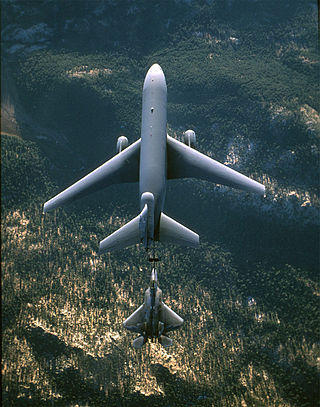
The 6th Air Refueling Squadron is part of the 60th Air Mobility Wing at Travis Air Force Base, California. It operates the McDonnell Douglas KC-10 Extender aircraft conducting mobility, and air refueling missions.

The 911th Air Refueling Squadron is part of the 305th Operations Group, and is stationed at Seymour Johnson Air Force Base, North Carolina. The squadron was the Air Force's first active duty squadron under the command of a reserve wing. In October 2016, the 911th, formerly geographically separated from the 6th Air Mobility Wing at MacDill Air Force Base, Florida and operated as the active duty associate to the 916th Air Refueling Wing, became the first "I-Wing" or Integrated Wing. In July 2020, it was reassigned to the 305th Operations Group at the McGuire AFB entity of Joint Base McGuire–Dix–Lakehurst, New Jersey.
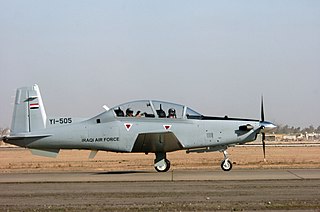
The 52nd Expeditionary Flying Training Squadron was part of the Iraq Training and Advisory Mission – Air Force. It operated Cessna and Beechcraft T-6A Texan II aircraft conducting flight training for members of the Iraqi Air Force. In late 2011, all U.S. forces were withdrawn from Iraq and the squadron was inactivated.

The 450th Fighter-Day Group is an inactive United States Air Force unit. It was last assigned to the 450th Fighter-Day Wing of Tactical Air Command (TAC) at Foster AFB, Texas. It was inactivated on 11 December 1957.

The 88th Bombardment Group is an inactive United States Air Force unit. During World War II, the group served as a training unit for Boeing B-17 Flying Fortress units and aircrews. It was inactivated in May 1944, when the Army Air Forces reorganized its training units, replacing units like the 88th that were organized under rigid tables of organization.

The 511th Bombardment Squadron is an inactive United States Air Force unit. It was last assigned to the 351st Bombardment Group at Fairfax Field, Kansas, where it was inactivated on 27 June 1949.

The 460th Bombardment Squadron was a unit of the United States Army Air Forces. From 1942 to 1944, it was a heavy bomber training unit, and was inactivated in a general reorganization of Army Air Forces support organizations. It was then assigned to the 333d Bombardment Group and trained with Boeing B-29 Superfortresses. It deployed to Kadena Air Base, Okinawa in 1945, but arrived in the combat theater too late to participate in the war. It was inactivated on 28 May 1946.

The 541st Bombardment Squadron is the former name of the 541st Special Operations Squadron, an inactive United States Air Force (USAF) unit. During World War II the 541st served as a heavy bomber training unit until inactivated in a general reorganization of Army Air Forces training units. The squadron was redesignated in 1985, when it was consolidated with two other units.
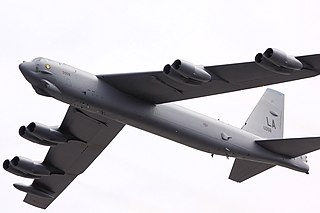
The 62nd Bombardment Squadron is an inactive United States Air Force unit. Its predecessor was activated in January 1941, one of the three original bombardment squadrons of the 39th Bombardment Group. It was then transferred to conducting anti-submarine patrols off Australia, and then became a training unit. After this it was transferred to B-29's and flew missions in Japanese theatre. It was inactivated in 1945, and for the final time reactivated in 1963. It then flew B-52's in a nuclear alert role, and took part in air operations over Vietnam as part of Operation Arc Light. It was last assigned to the 2nd Operations Group at Barksdale Air Force Base, Louisiana on 18 January 1993.

The 702d Tactical Air Support Squadron is an inactive United States Air Force unit. It was part of the 601st Tactical Air Control Wing at Bergstrom Air Force Base, Texas, from 1969 until it was inactivated on 30 November 1975.

The 534th Training Squadron is an inactive United States Air Force unit. It was last assigned to the 381st Training Group at Vandenberg Air Force Base, California, where it conducted qualification training for airmen in satellite control operations and maintenance.

The 333d Special Operations Wing is an inactive United States Air Force unit. It was active from July 1968 through March 1970 at Pleiku Air Base, South Vietnam. In 1985, the wing was consolidated with the 333d Bombardment Group as the 333d Special Operations Wing.

The 43d Tactical Missile Squadron is an inactive United States Air Force unit, formed in 1985 by the consolidation of the 843d Bombardment Squadron and the 943d Forward Air Control Squadron. It has not been active under its current designation.


























